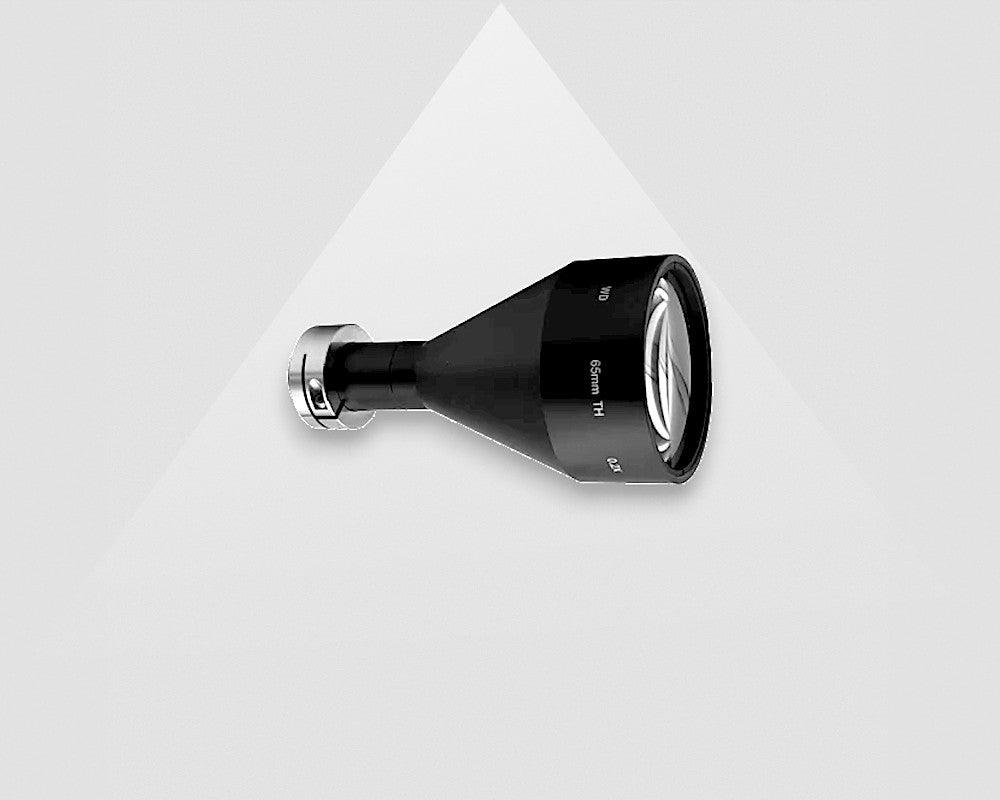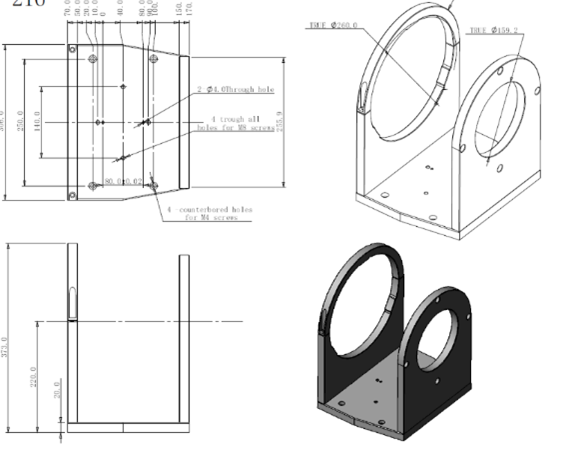Enhancing Object Detection with Optimized Lens and Lighting Techniques
When inspecting shiny objects, a high-quality vision system is essential for managing reflections and detecting surface defects. Telecentric lenses and specialized lighting greatly enhance accuracy. Choosing the right software and configuration is key to meeting strict inspection standards.

When examining small details on shiny objects, it's crucial to use a high-quality vision system since this will not only help with the reflection from the object but it will also help identify any potential defects or imperfections on the surface of the object. Using a telecentric lens and specialized lighting for object detection can significantly improve accuracy. We are aware that it can be challenging to choose the right software and machine vision configuration to support the highest standards for achieving the desired goals for an object with reflections. For direct access to information about this seed coating inspection vision system, our machine vision products and pricing are readily available.
Table of contents
Mounting The Camera to the Lens
The customer in this application requested that a industrial camera with a sufficient number of frames per second (FPS) and megapixels (MP) be used to properly image their shiny objects. The camera was going to be held in by a telecentric mount (see photo).
The customer will then be able to mount the camera to the telecentric lens and have the camera be stable enough when imaging. This mount would be attached to a metal pole in which the camera was facing downward at the object.

Machine Vision Camera Selection
Choosing the industrial camera that will benefit the customer the most should be the first decision made in this application. We must keep in mind that we need all the information for our clients and that this project was very specific. It was advised that the best camera choice to use was this 9MP ME2P-1230-9GC-P GigE Camera, as it will provide you with sufficient resolution to distinguish between the various defects.
The customer required a camera with a global shutter in addition to a color camera for a clear inspection of their metal parts as they believed there could be slight movement in the object. You can be certain that the images won't be distorted by doing this. To find out more about rolling shutter vs. global shutter and global shutter cameras, visit our Knowledge Center. Since this customer set up was tougher to manage the size and weight of their project, we had advised both to get a metal frame that was going to be sturdy enough to hold more than 55kg’s of weight as well as be able to control the length of the set up as it was going to be close to a meter in length.
The customer provided the minimum resolution, which was used to calculate the necessary resolution. For this application, a minimum of 4000x3000 pixels were needed, calculated at 3 pixels per smallest detail. The ME2P-1230-9GC-P, with its 4096x3000 resolution, is suitable for this application.
Selecting of the Correct Industrial Lens
We still need to use our online lens calculator to figure out which lens is best for this application even after we know the resolution requirement. The ME2P-1230-9GC-P has a 1.1" sensor. Our previous calculations and the client's specifications indicate that a telecentric lens is required for a field of view of roughly 165x120mm. The best lens for the job is the VA-LCM-TC-0-0.085X-WD372-110 lens, which will give the customer the desired total field of view. Due to the size of this lens, we advised using the mount up above to make sure that there was stability in the lens.
The Selection of the Industrial Camera Set Up
For this specific application, the client asked for a single camera setup that would be fixed to a metal beam. The metal beam will be hanging over the assembly line as the camera needs to be in the field of view of the conveyor belt moving the object. The industrial lens mentioned in the previous section and the machine vision camera under discussion are the same ones. With this, the customer will be able to view the shiny objects as a team was used to put the objects of the telecentric backlight to determine whether there are any flaws or incorrect patterns that need to be fixed. For this camera, a 10m GigE cable as well as a 10m I/O cable was needed, but we can easily modify all machine vision components in this article to fit the needs of your vision application if your vision system needs any additional adjustments.
Selecting the right Machine vision Lighting
We had advised this customer to use a telecentric back light for this specific application in order to ensure that the image quality was in an imaging-friendly environment. Telecentric
backlights are machine vision lighting for illuminating products in machine vision applications like edge detection on parts, outer part measurements, gap inspection on stamped parts, thickness inspection and many more. Because this customer wanted to see very finite detection on his objects, our backlight was the best option. This customer also needed a beam diameter of at least 200mm so one of our options was to give one of our larger backlights at a beam diameter of 216mm. If you are looking for a telecentric lens and/or a backlight for your application, please use the customer support form at the bottom of the page to contact us if your application requires additional machine vision lighting in specific lighting conditions.
Computer Vision Software for Object Detection
For some vision systems, our cameras, lenses, and lighting may not be sufficient in certain situations. Our cameras can be used with many different third-party programs, including Arm Boards, NI Labview, MvTec Halcon, Cognex Vision Pro, Matlab, and OpenCV, because they are compatible with GenIcam. To configure the camera and obtain pictures for initial programming, utilize our free SDK. The software development kit is compatible with both home and office PCs and ARM platforms, including the Raspberry Pi and NVIDIA TX series. Windows, Linux, and Android are supported operating systems.
Assistance with your machine vision application?
Would you like assistance from a machine vision specialist in developing your own vision system for seed coating inspection and detection? Please contact us using the form below, and we will get back to you as soon as we can. It works with Windows, Linux, and Android. When you respond to any of our website's responses regarding your vision needs, our team of committed sales representatives and our technical team are here to assist you within a day.
















































